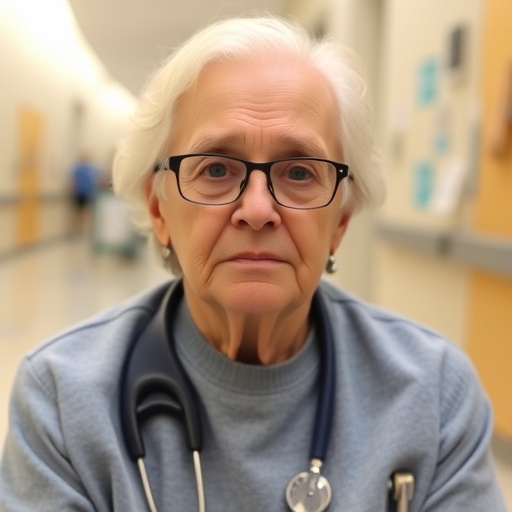An interview-based study in San Francisco, CA, highlights individual experiences and local trends around fentanyl smoking, deepening understanding of this growing practice. Daniel Ciccarone of the University of California, San Francisco, and colleagues present their findings in the open-access journal PLOS ONE on May 22, 2024.

Credit: Ciccarone et al., 2024, PLOS ONE, CC-BY 4.0 (https://creativecommons.org/licenses/by/4.0/)
An interview-based study in San Francisco, CA, highlights individual experiences and local trends around fentanyl smoking, deepening understanding of this growing practice. Daniel Ciccarone of the University of California, San Francisco, and colleagues present their findings in the open-access journal PLOS ONE on May 22, 2024.
Use of illicitly manufactured fentanyl is associated with high risk of addiction, health issues, and exceptionally high overdose risk. Fentanyl significantly contributes to the escalating rate of drug overdose deaths in the US. While fentanyl is typically injected, parts of the US have seen a growing transition from fentanyl injection to fentanyl smoking. However, research on this transition and its potential health outcomes is limited.
To improve understanding, Ciccarone and colleagues applied a qualitative research framework known as rapid ethnography. They interviewed 34 volunteers recruited from syringe service programs in San Francisco, CA, about their beliefs and behaviors around fentanyl smoking. They also captured video and photographic footage of smoking practices, drug samples, and drug use equipment.
This research approach surfaced a variety of information on the participants’ experiences, such as their motivations for smoking fentanyl, smoking techniques and behaviors, and the potential risks involved.
Many participants reported that fear of overdose and the challenges of injecting had prompted their transition from injection to smoking. However, some expressed belief that smoking fentanyl still poses high overdose risk—more research is needed to determine whether smoking may be less harmful than injection in relation to overdose risk.
The study also highlighted the social nature of smoking fentanyl, with some participants reporting sharing equipment and drugs. However, some were wary of hygiene and overdose risks to others from sharing. In particular, concerns were raised about fentanyl “residue” that accumulates on equipment, which can be consumed and shared but poses risk of overdose due to potential mismatch between a person’s tolerance and residue potency.
The research team notes that this study is exploratory and has limited generalizability beyond its participants and local context. However, this innovation will likely become more widespread as the advantages of smoking over injection become apparent.
Dan Ciccarone adds: “We explored the culture of smoking as an adaptation to the use of the potent synthetic opioid fentanyl. This innovation is powerful and will likely spread beyond its west coast roots to more of the US.”
#####
In your coverage please use this URL to provide access to the freely available article in PLOS ONE: https://journals.plos.org/plosone/article?id=10.1371/journal.pone.0303403
Citation: Ciccarone D, Holm N, Ondocsin J, Schlosser A, Fessel J, Cowan A, et al. (2024) Innovation and adaptation: The rise of a fentanyl smoking culture in San Francisco. PLoS ONE 19(5): e0303403. https://doi.org/10.1371/journal.pone.0303403
Author Countries: USA
Funding: The research was funded by The US National Institutes of Health, National Institute on Drug Abuse, grant DA054190 (PI: Ciccarone). The funders had no role in study design, data collection and analysis, decision to publish, or preparation of the manuscript.
Journal
PLoS ONE
DOI
10.1371/journal.pone.0303403
Method of Research
Observational study
Subject of Research
People
Article Title
Innovation and adaptation: The rise of a fentanyl smoking culture in San Francisco
Article Publication Date
22-May-2024
COI Statement
I have read the journal’s policy and the authors of this manuscript have the following competing interests: Dr. Daniel Ciccarone reports the following relevant financial relationships during the past 60 months: 1, he is a scientific advisor to Celero Systems and 2, he has been retained as an expert witness in ongoing prescription opioid litigation by Motley Rice, LLP. In addition, he reports the following non-financial competing interest: he is voluntary Medical Director for Remedy Alliance. The remaining authors have no individual relevant financial or non-financial interests to disclose. The research was funded by The US National Institutes of Health, National Institute on Drug Abuse, grant DA054190. This does not alter our adherence to PLOS ONE policies on sharing data and materials




